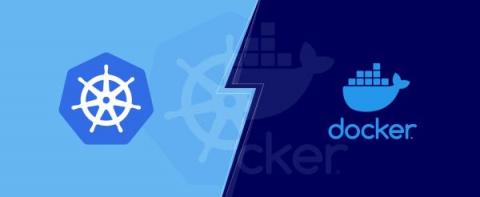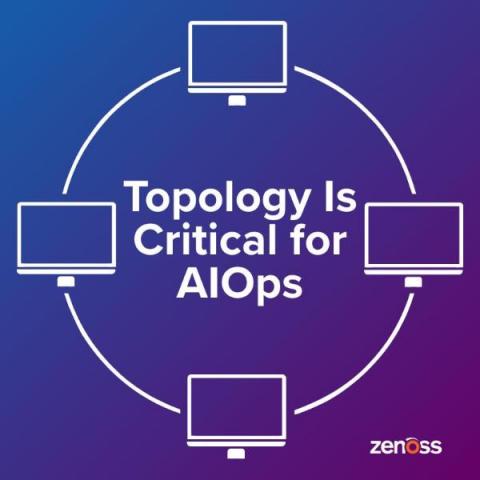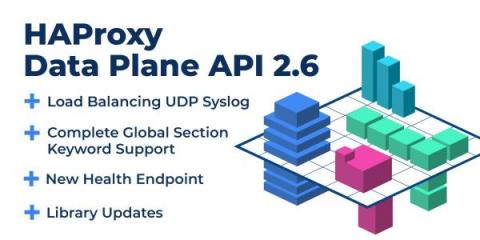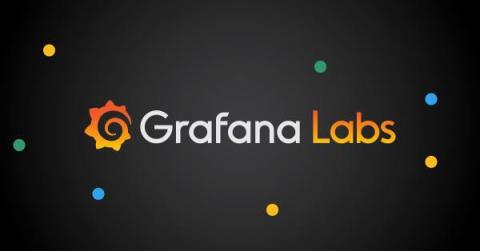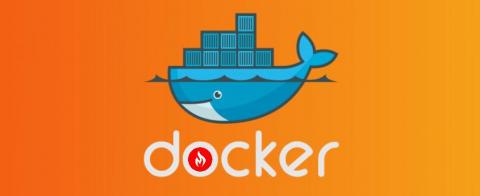How Tanzu Application Platform and the Backstage Developer Portal Improve DevX
As cloud native concepts and adoption take hold, many enterprises are now considering and implementing ways to achieve the primary objective of cloud native technology: enabling engineers to make significant changes to systems easily, frequently, and confidently. More and more enterprises are recognizing that cloud native technologies, such as Kubernetes, can indeed serve as the foundational infrastructure for building their own in-house platforms, greatly empowering their operations teams.




